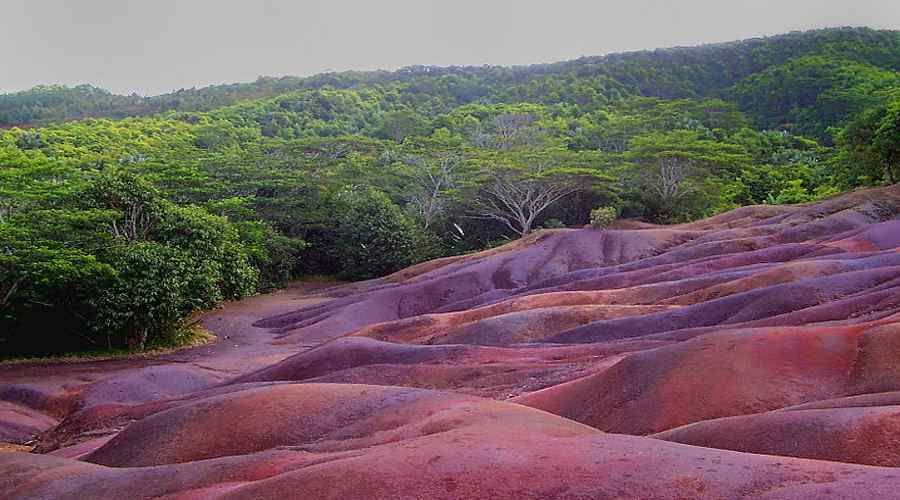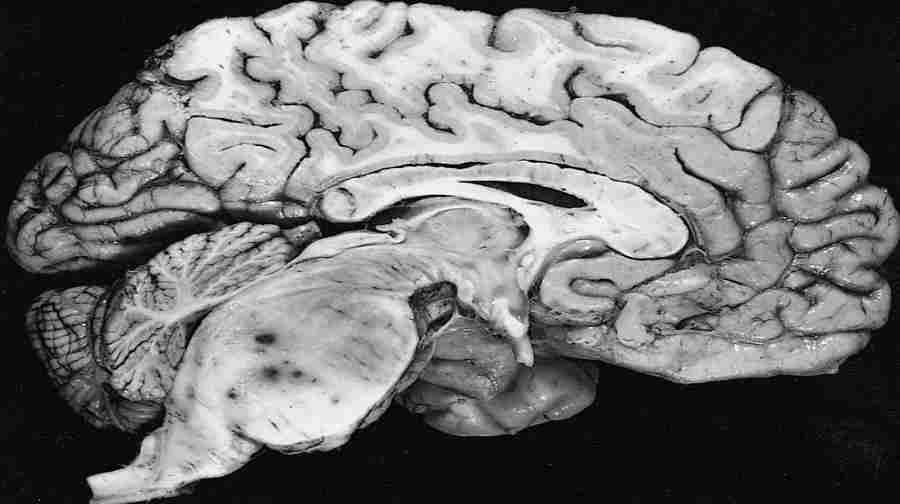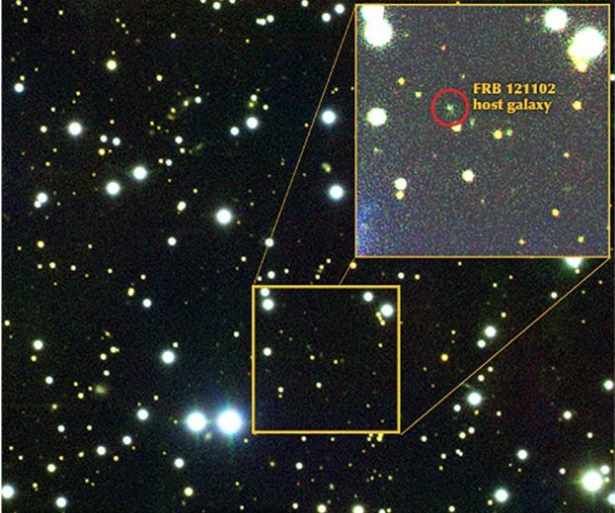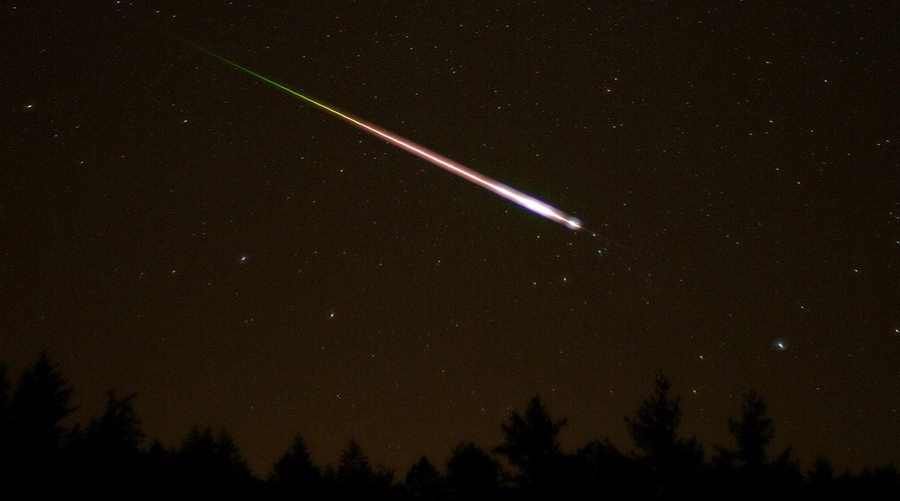Poles surveyed the necropolis of Sudanese monks 1,500 years ago
More than 80 graves were examined by Polish archaeologists at a medieval monastic cemetery in Ghazali in northern Sudan. This is the first-ever excavation conducted at a necropolis of Christian monks in the region.
– Ghazali cemetery is unique. This is one of the few medieval cemeteries in the world where it is possible to find still intact grave steles containing not only a prayer for the deceased, but róAlso information on his life – Dr. Artur Obłuski, director of the Cairo Research Station of the Center for Southeastern Archaeology, stressed in an interview with PAP that the excavations were directed by Dr. Artur Obłuski, director of the Cairo Research Station of the Center for Southeastern Archaeologyódean of the University of Warsaw (CAŚ UW).
So far, archaeologists have focused mainly on theównie on the ruins of a medieval monastery functioning between the late 7th and late 13th centuries. Thanks to funding obtained from the Qatar-Sudan Archaeological Project, the róalso the study of the monastic cemetery.
Ghazali is one of the twoóch known complexóin sacred sites in medieval Nubia located outside the Nile valley. The monastery is located in Wadi Abu Dom – a temporarily water-filled valley cutting through the Bayuda desert, która used to be the busiest trade route in pónortheast Africa.
Over the course of several months of research (in late 2015 and early 2016), scientists examined more than 80 gravesów. The architecture of the graveów monkóin those buried in the cemetery during the several hundred years of the monastery’s existence was very zrórnicated. Most of them were equipped with perpendicular superstructures with ró¿n sizeóin stones supplemented with earth and gravel, although róincluding tombstones made of burnt or sun-dried bricks, according to information provided by archaeologistóin working on the necropolis’.
– We are not yet sure whether zróThis differentiation results from the róThe chronological differences between the twoólnymi pochówkami, or rather reflects position in the hierarchy or wealth status osób buried in the cemetery,” said Dr. Obłuski.
The most important element of the superstructure, however, were the tombstones covered with inscriptions.
– It is from Ghazali that the second largest complex known to date originatesół such monumentsóin all of medieval Nubia, although we have only surveyed part of the cemetery. The discovery has particularólion’s share of importance due to the small number of sourceóWritten records from the area of medieval króChristian communities in Sudan,” added the excavation manager.
Although no equipment was found in the graves, the burial of theóThe plaza reveals – according to scientistów – characteristics of typical Christian customsów funerary. The body of the deceased was wrapped in a shroud and laid directly on the ground with the head facing west. The head was secured with twoóch bricks set on the sides, on which theórych were additionally laid with one or two bricks arranged horizontally. Sometimes fragments of stone or broken vessels were used instead of bricks.
– Tradition particularólnej care for the head of the deceased dates back to the timeów when the pharaohs ruled the Nile Valley – believes Dr. Obłuski.
Anthropological studies show that more than 95 percent of the. of the uncovered skeletonsów belonged to men between the ages of 20 and over 50 years old. According to the scientistóin the health of the monków was relatively good. In turn, this means that their coólnota prospered economically, e.g. That they ate healthily. Pośród observed pathological changes are dominated by those related to age, e.g. in the form of spinal degeneration – such findings were made by the teamół anthropologistów consisting of: Joanna Ciesielska of the University of Warsaw and Robert Stark of McMaster University in Canada
The monks rarely reached an advanced age. But on one of the grave stelae discovered, written in Greek, a monk was commemorated, whoóry died at the age of 90, after more than 60 years in the service of the Church.
Now archaeologists will próThey were trying to solve the mystery of the monk’s originów. Scientists dispute whether those living in monasteries at the site of medieval cróle of the Christian states were indigenous Nubians, or were of Egyptian origin, as may be evidenced by the great popularity of the Coptic language in the óearly Sudan. The Coptic language originated in Egypt in the 3rd century. and replaced the ancient hieroglyphic script. Its alphabet consisted of Greek letters and six charactersóIn the demotic script (one of the varieties of writing introduced in Egypt approx. half. I millennium p.n.e.). In solving this problem are to helpóc isotopic studies of bones. They will also allow to see what the monk’s diet consisted ofów.
– The UW’s CAŚ mission will be the first Polish expedition in the Nile Valley to use such modern laboratory studies of remainsóIn the human remains from archaeological studies – emphasizes Dr. Artur Obłuski.
According to the head of the research, the ground certainly hides more grave steles of deceased monksów. However, the researchers lack the meansów to complete the excavations. Dlategp began the search for a sponsorów.
– The excavations in Ghazali are a great opportunity for Polish science to make a golden record in the study of Christian monasticism,” encouraged Dr. Obłuski.









